Strategies to keep safe across geographies
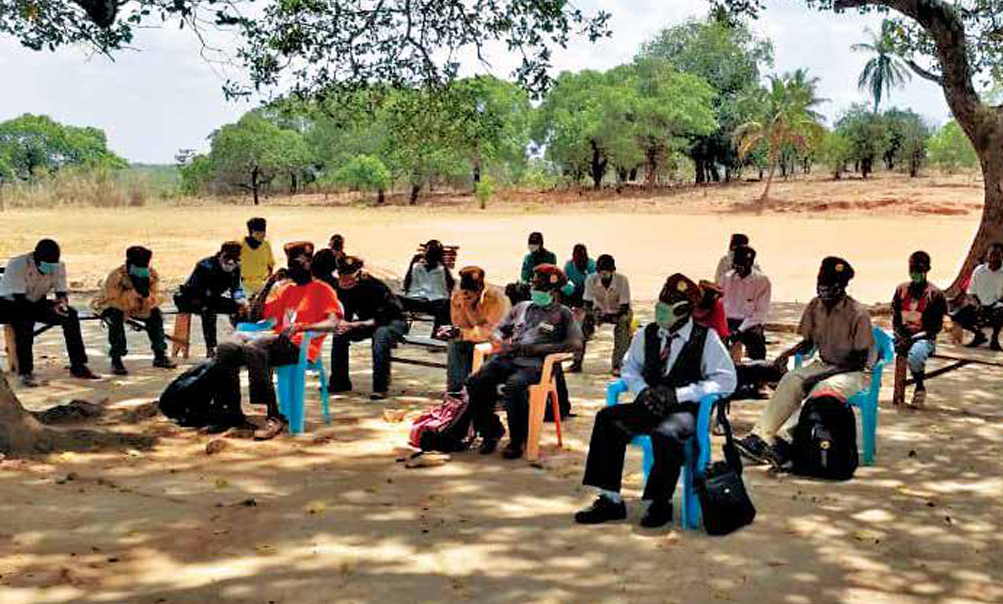
A community focus session in progress
For the last four decades, the Power Transmission & Distribution IC has established itself as one of the foremost EPC players in the Middle East by prioritizing stakeholder concerns and winning their trust. An approach that is holding the IC in good stead across other geographies too.
Driving a community focused approach
While community welfare has been an imperative for L&T projects, the management of community grievances has assumed more seriousness in recent times especially at international projects. PT&D has quickly addressed such concerns by creating a well-defined framework, fully aligned with the International Finance Corporation at the 300 MWac Jeddah Solar Power Project, in the Kingdom of Saudi Arabia to efficiently receive, register, track, resolve, and close out complaints. “A key feature of the community focus process is to maintain consistent communication with the complainants through various modes such as SMSes, emails, calls, etc.,” highlights Project Director, Abdul Hanif Khan, who is confident that once streamlined, the initiative can be rolled out across projects.
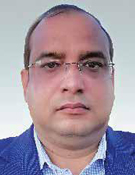
A key feature of the community focus process is to maintain consistent communication with the complainants through various modes.
Abdul Hanif Khan
Project Director, 300 MWac Jeddah Solar, Power Project
At the Chimuara – Nacala transmission line project in Mozambique, Senior Construction Manager, Debasis Ghosh and team had the onus of making the locals aware of the safety precautions to be taken as works began. “The high voltage line is aligned to pass through villages where people are predominately engaged in activities such as setting animal traps for hunting, tapping honey from bee combs that were exposing our surveyors to hazards. To prevent any untoward incident, we gathered together the community leaders in Sede de Nipiode and conducted a toolbox talk requesting them to remove their animal traps and beehives with appropriate compensation. By involving the communities, we sent out a strong message that we care for them and that infrastructure development is to transform their lives.”
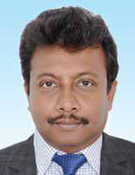
By involving the local communities, we sent out a strong message that we care for them and that infrastructure development is to transform their lives.
Debasis Ghosh
Senior Construction Manager, Chimuara – Nacala, Transmission Line Project
Closing the gaps
“The safety scheme for working at heights is fundamental and going by the rule book, PT&D international projects have a simple but secure method to protect operatives,” mentions EHSO, Ranjuraj Radhakrishnan Nair, ME-UAE-SS-132 kV Substation. “The risk of fall increases when site operatives fail to perceive the hazard, as in the case of openings in substation floors, many of which are large enough for them to fall through,” he points out.
It is now mandatory that all openings with dimensions larger than 300 mm by 300 mm to have secondary protection from below of 19 mm thick plywood held in place by means of adjustable props. Safety during installation and removal of floor protection is ensured by a work permit requiring measures like suitable positioning devices, evacuation, demarcation, and signposting of areas.
Every drop matters
To prevent soil contamination due to fuel spillage, Gaurav Gaur, Project Manager, 132/11 kV Substation, Qatar, and team have adopted a secure containment approach to strengthen the bund and the integrity of wall sand seal pipeline and cable penetration. “The client was delighted with our initiative,” his delight is obvious. “Today, this secure approach is being implemented across all projects while at sites without space constraints, a refueling apron has been suggested.”


Secondary containment for prevention of fuel spillage
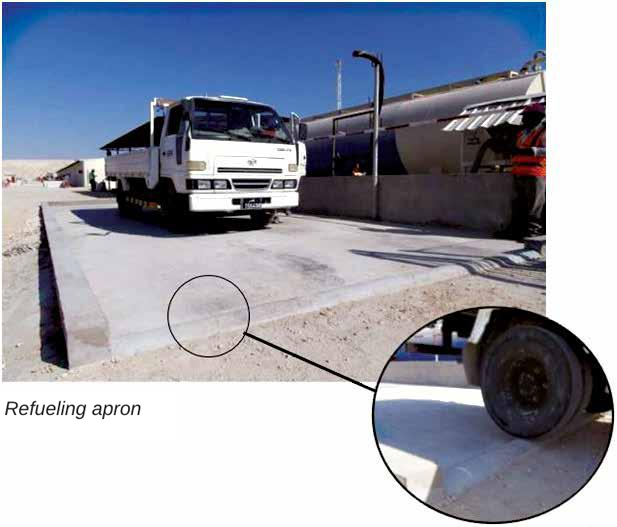
Staying cool under pressure
Heatwaves severely impact work and can result in serious or even life-threatening illnesses if exposed to open environment for an extended period. However, thanks to years of expertise, PT&D has evolved a Heat Stress Management Plan which continuously monitors the Heat Stress Index/Thermal Work Limit and adjusts the work/break timings. At the 400/132 kV RACECORS substation project, the resting shed is fitted with portable misting fans that prove particularly useful at remote sites having mobile work fronts and no access to airconditioned rest areas. “However, before this initiative is rolled out to other sites, it is being tested to determine its efficiency in humid conditions typical to the Middle East,” mentions EHSO, Bilal Yasin.

Misting fan installed at shading sheds
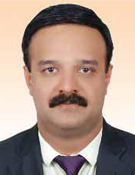
Eye wash stations are ideal for construction sites in remote locations that do not have a water source or ready access to healthcare facilities.
Kiran Devan
Construction Manager, 132/11kV Khalifa, Substation
Biosafety certification
COVID-19 has taught us how important it is to ensure a safe business and project environment towards which PT&D has initiated the certification of a biodiversity management system, pursuant to the requirements of the Biosafety Management System Standard developed by Bureau Veritas. This exercise will greatly benefit projects as the scheme will align to a management systems approach, to holistically manage the risk of infectious disease outbreaks most optimally.
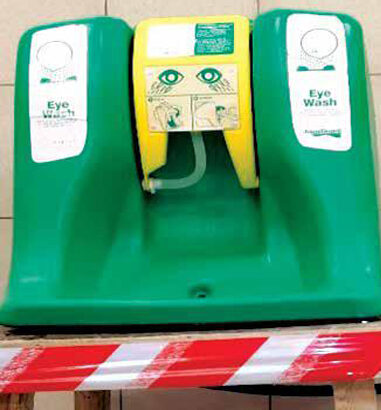
Eye wash stations
Looking to stay safe
Some interesting work site improvisations by project teams include the establishment of portable, easily installable, self-contained eye wash stations that do not require plumbing. “They are ideal for construction sites in remote locations that do not have a water source or ready access to healthcare facilities,” shares, Construction Manager, Kiran Devan, 132/11kV Khalifa Substation. The eyewash flow is a gravity activated mobile station aligned to ANSI Z358.1 standard and can deliver over 5 gallons per minute for 15 minutes. These stations are currently available in the UAE and will subsequently be implemented at other sites in
the Middle East.
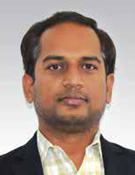
With the ever-present threat of wild animals at the ongoing transmission line projects in Botswana, game wardens have been roped in for extra vigil and to accompany construction teams in specific areas where wildlife activity is more. Routes are inspected with drones wherever accessibility is a challenge.
Hemananda Chowdary
Planning Manager, Lethlakane to Mawana, Transmission Line Project
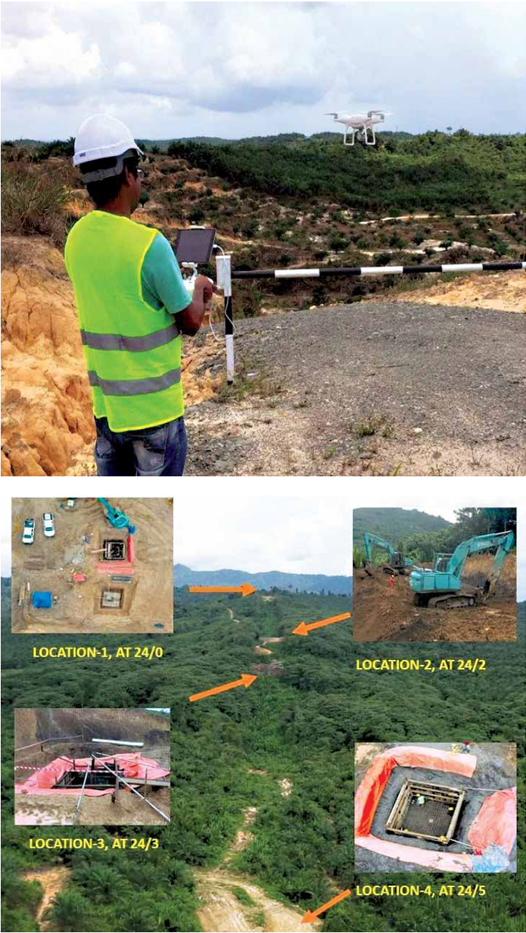
Monitoring of site locations through drone
Flying safe with drones
Across the ASEAN region, PT&D is making extensive use of drone technology for a range of survey and tower integration applications. At the Medamit to Lawas Town 275 kV transmission line project, drones monitor the entire transmission corridor. “In normal conditions, this would have been impossible,” says EHS In-charge,
Choo Siaw Ju, “but thanks to technology, our team members across work fronts are now in sync.” Any safety noncompliance is immediately communicated for rectification and with some lead time gained, the core team is able to address any unlikely challenges that emerge. The good work has drawn appreciation with a silver rating for EIA compliance from the client, Sarawak Energy Berhad.
Ensuring communication at heights
Site in-charge, Anandamoy Mandal at the Matang substation project communicates with his crew through Bluetooth. “Earlier, we used to have walkie talkies which is still so at remote locations but largely the process of keeping the gangs informed on ground developments while at heights has changed radically,” he highlights.
“Of course, there are challenges as most of the transmission and distribution projects are long span but for now, at this site, we are managing communicating at heights.”
Keeping safe from wild threats
L&T-ites excel in teamwork and at remote locations, this is critical especially when the alignment is close to a forest. “Workmen gangs are told to move only in groups to face and overcome the threat of wild animals while EHS coordinates have dedicated people to keep vigil and prompt alerts,” mentions Hemananda Chowdary, Planning Manager, Lethlakane to Mawana transmission line project. “With the ever-present threat of wild animals at the ongoing transmission line projects in Botswana, game wardens have been roped in for extra vigil and to accompany construction teams in specific areas where wildlife activity is more. Routes are inspected with drones wherever accessibility is a challenge. Local EHS professionals with comprehensive insights about their country have been brought on board to assist teams to implement and enforce legislative requirements.” To protect employees from snake bites, solar snake repellents have been installed around storage areas and those clearing bushes are equipped with these tools too.
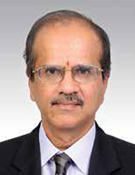
Our unique SOPs to safely execute every task along with digitalization, an in-depth appreciation of the risks involved, and our safety measures have given us a decisive edge.
V Ramanathan
Head – EHS, PT&D IC
Consistently raising the bar
The once-fledgling Africa BU has established itself as a force to reckon with in 10 countries across the North, East and South of the continent with a vision zero record while the ASEAN and Middle East regions have gained their clients’ trust with safe project deliverables. “Our unique SOPs to safely execute every task along with digitalization, an in-depth appreciation of the risks involved, and our safety measures have given us a decisive edge,” sums up V. Ramanathan, Head- EHS.